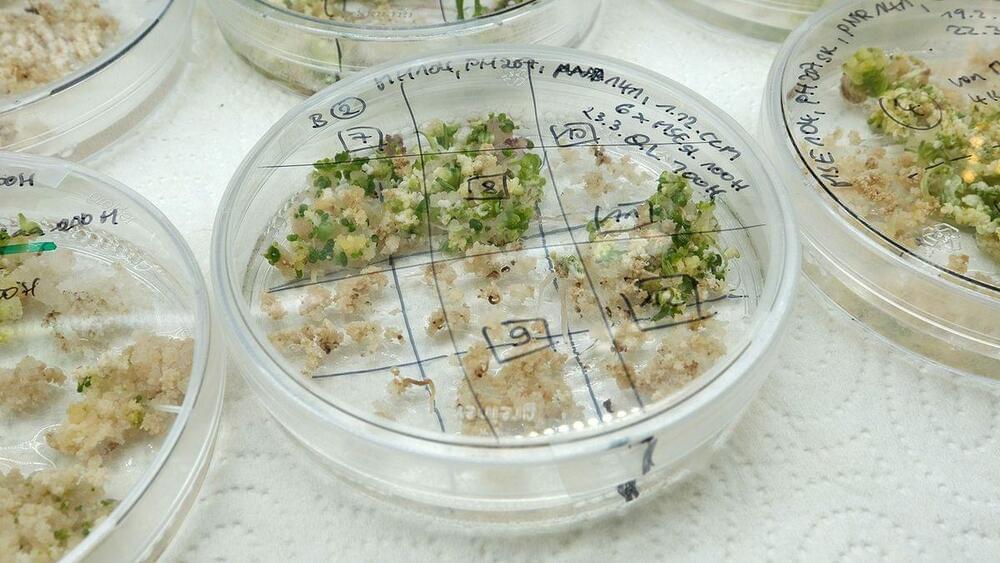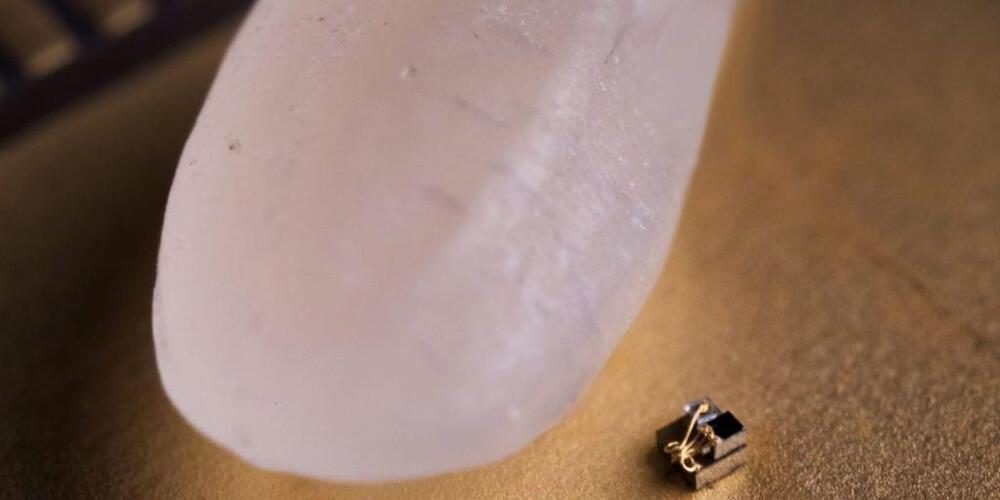Researchers make an ‘unprecedented’ discovery of a sphere-shaped void in space that stretches 500 light-years in diameter.



The logo of Samsung Electronics is seen at its office building in Seoul, South Korea, August 25 2017. REUTERS/Kim Hong-Ji/File Photo.
SEOUL, Sept 23 (Reuters) — Samsung Electronics (005930.KS) is in talks with Tesla (TSLA.O) to make Tesla’s next-generation self-driving chips based on Samsung’s 7-nanometre chip production process, a South Korean newspaper reported on Thursday.
Since the beginning of this year, Tesla and Samsung have discussed chip design multiple times and exchanged chip prototypes for Tesla’s upcoming Hardware 4 self-driving computer, the Korea Economic Daily reported, citing sources with direct knowledge of the matter.


Circa 2019
Livescience.com | By LIVESCIENCE
Is our universe sitting on the edge of an expanding bubble?

The launch date of NASA’s Webb Space Telescope is December 18. It will study exoplanets, the Big Bang, and more.

A more comprehensible concept could be “multi-skilled AI.”
Multi-skilled AI is an approach to improving technologies by expanding their senses. In a similar way to how kids learn through perception and talking, multi-skilled AI systems combine senses and language to broaden their understanding of the world.
“It goes beyond image or language recognition and allows multiple tasks to be done,” Elizabeth Bramson-Boudreau, the CEO and publisher of MIT Technology Review, tells TNW.
2030’ish: on demand books, movies, TV shows, video games, etc…
In the ever-increasing list of things that machine learning AI can do in our modern world, there’s now a program that will code (or at least, try to code) whatever you tell it to in plain English. Want some flashy banner text that changes color every few seconds? Tell that to OpenAI Codex and it will code it for you in seconds. The OpenAI Codex beta, currently only available through an online waiting list, is a simple web tool with three windows: one to type in commands, one that shows the code generated by those commands, and one that shows what the code does. You could theoretically use Codex for all sorts of tasks in over a dozen coding languages, but the coolest use I’ve seen is coding simple Javascript videogames with just a handful of natural language instructions. Check out the video below from YouTuber Joy of Curiosity to see it in action.

Circa 2018
Researchers at the University of Michigan just created the world’s smallest computer (again). Their previous micro-computer, the Michigan Micro Mote, measured 2x2x4mm. It was a complete, functioning system powered by solar cell batteries. But in March this year, IBM announced a new, smaller computer, which measured 1×1 mm, and was smaller than a grain of salt. It “raised a few eyebrows at the University of Michigan.”
After all, it’s unclear if the IBM computer even count as an actual microcomputer. The IBM device lost all its programming and data as soon as it turns off, unlike the Michigan Micro Mote, which retained its programming even when it wasn’t externally powered. “It’s more of a matter of opinion whether they have the minimum functionality required,” said David Blaauw, a professor of electrical and computer engineering at University of Michigan who helped develop the University of Michigan’s newest tiny device. If the IBM machine constituted a computer, then University of Michigan would work to gain back their title: their latest microdevice measures 0.3mm per side (1/10th the size of IBM’s computer), and is smaller than a grain of rice.
The device was designed to be a precision temperature sensor that can report temperatures in clusters of cells with an error of about 0.1 degrees Celsius. “When we first made our millimeter system, we actually didn’t know exactly all the things it would be useful for. But once we published it, we started receiving dozens and dozens and dozens of inquiries,” Blaauw said. It could, for instance, measure the temperature of tumors and conduct other cancer studies, monitor oil reservoirs, conduct audio or visual surveillance, or help in “tiny snail studies.”

Porsche is about to turn its 718 lineup fully electric, diverging from the 911 which won’t go EV in this decade or maybe ever.
A few months ago, we speculated on Porsche’s plans to turn the 718 into a fully electric car. Now we have gathered additional material from different sources within and outside the company. Not only did we get confirmation that it will be a full battery-electric vehicle, we also gathered that it will be fundamentally detached from the 911—which, we learned, will retain its combustion engine beyond 2030 and may not even become hybridized.